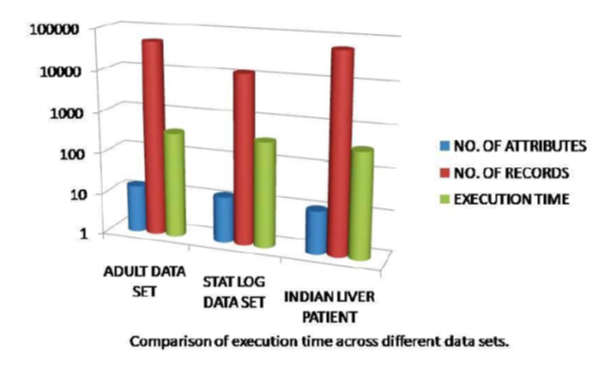


Indian Journal of Science and Technology
Year: 2021, Volume: 14, Issue: 6, Pages: 519-526
Original Article
P Ram Mohan Rao1*, S Murali Krishna2, A P Siva Kumar3
1Department of Computer Science and Engineering, JNTUA, Anantapuramu, Andhra Pradesh, India
2Department of Computer Science and Engineering, Sri Venkateswara College of
Engineering, Tirupathi, Andhra Pradesh, India
3Department of Computer Science and Engineering, JNTUA, Anantapuramu, Andhra Pradesh, India
*Corresponding Author
Email: [email protected]
Received Date:29 September 2020, Accepted Date:12 January 2021, Published Date:19 February 2021
Objective: To address the modern privacy threats in data analytics by designing an efficient privacy preserving data analytics technique. Methods: The method applied is a non anonymized method that uses the concepts of synthesizing quasi identifiers and application of differential privacy. The proposed method was applied to three data sets viz. Adult data set, Statlogdata set and Indian Liver Patient data set. All the data sets are freely available in the UCI repository. Findings: The study presents “Synthesize Quasi Identifiers and apply Differential Privacy” (SQIDP) which is proved to be a more efficient and scalable algorithm. Compared to anonymity based algorithms SQIDP is not prone to similarity attacks, background knowledge attacks, attribute disclosure, and inference attacks. Anonymization, cryptographic, SWARM, and randomization methods will reduce data utility whereas SQIDP offers 100% data utility. Hence it is more efficient than other techniques. SQIDP was applied on three different data sets with 270, 583, and 48842 records but the execution time of the algorithm remained the same for all three data sets. SQIDP is proved to be a better privacy preservation technique with 100% data utility because it is not anonymized that abides by the recommendation in many privacy legislations like GDPR (General Data Protection Regulation) of the European Union and PDP (Personal Data Protection bill) of India.
Keywords: Data privacy; privacy regulations; privacy preservation; synthetic data; differential
© 2021 Ram Mohan Rao et al.This is an open access article distributed under the terms of the Creative Commons Attribution License, which permits unrestricted use, distribution, and reproduction in any medium, provided the original author and source are credited. Published By Indian Society for Education and Environment (iSee)
Subscribe now for latest articles and news.